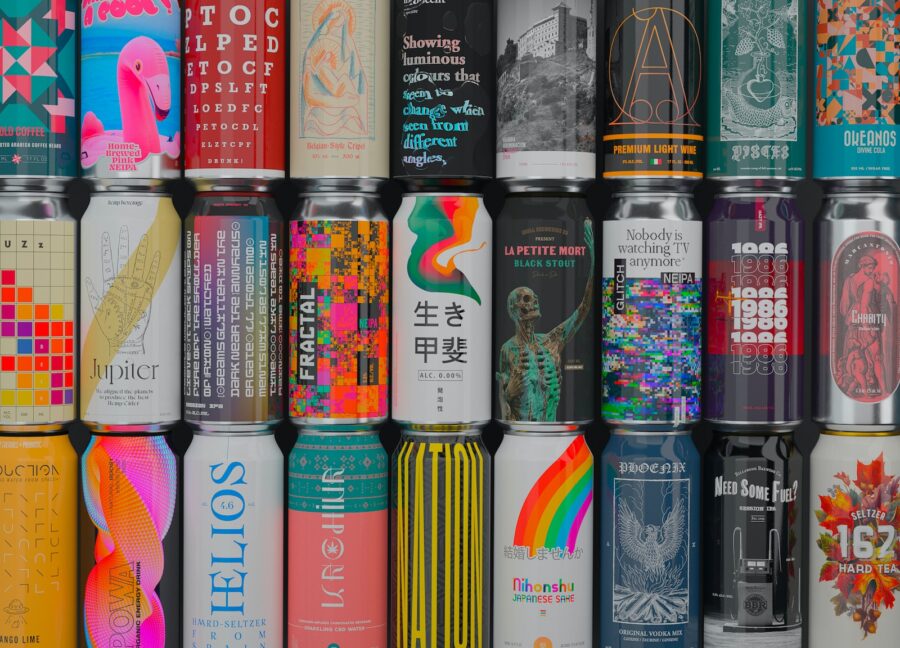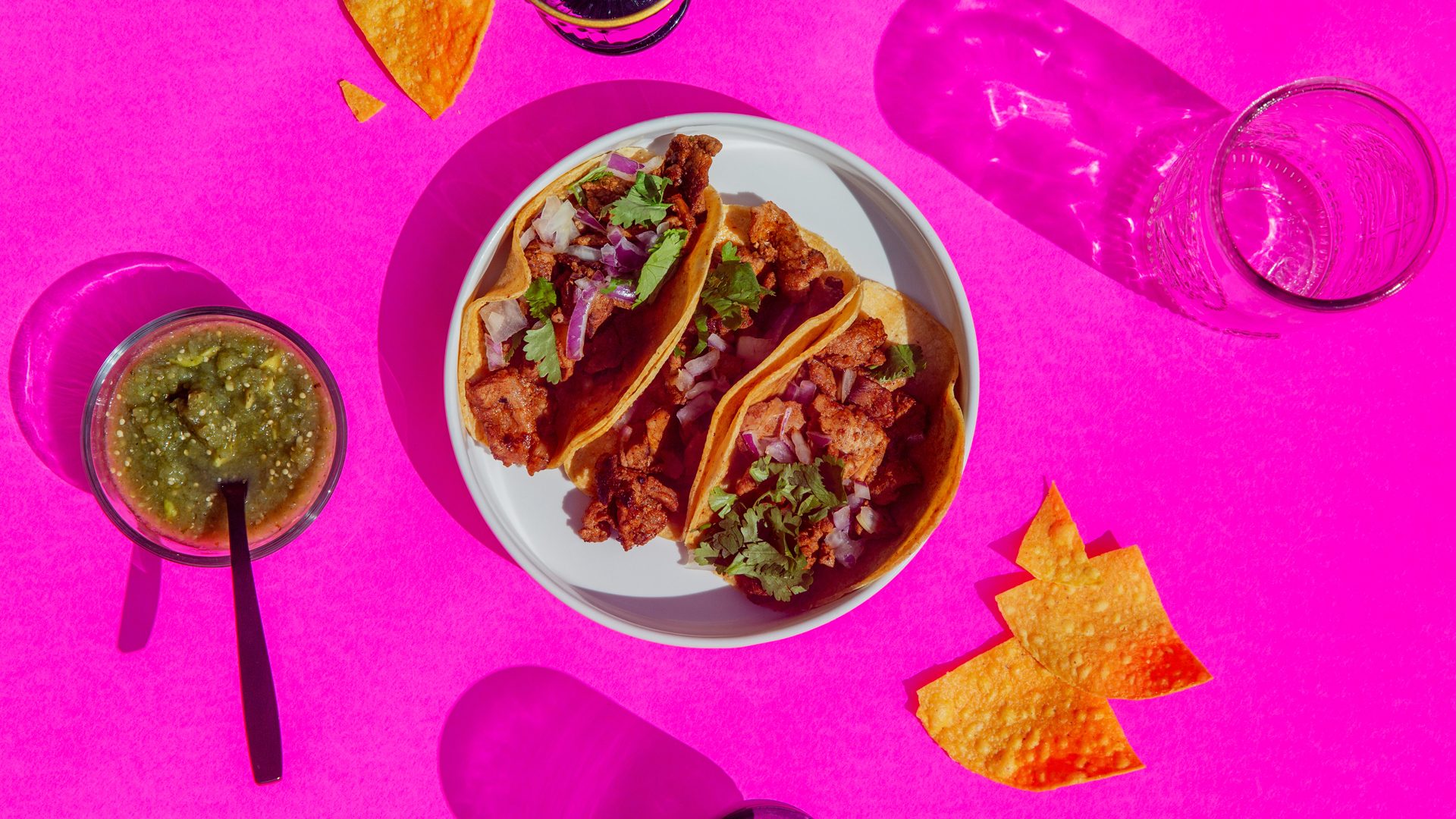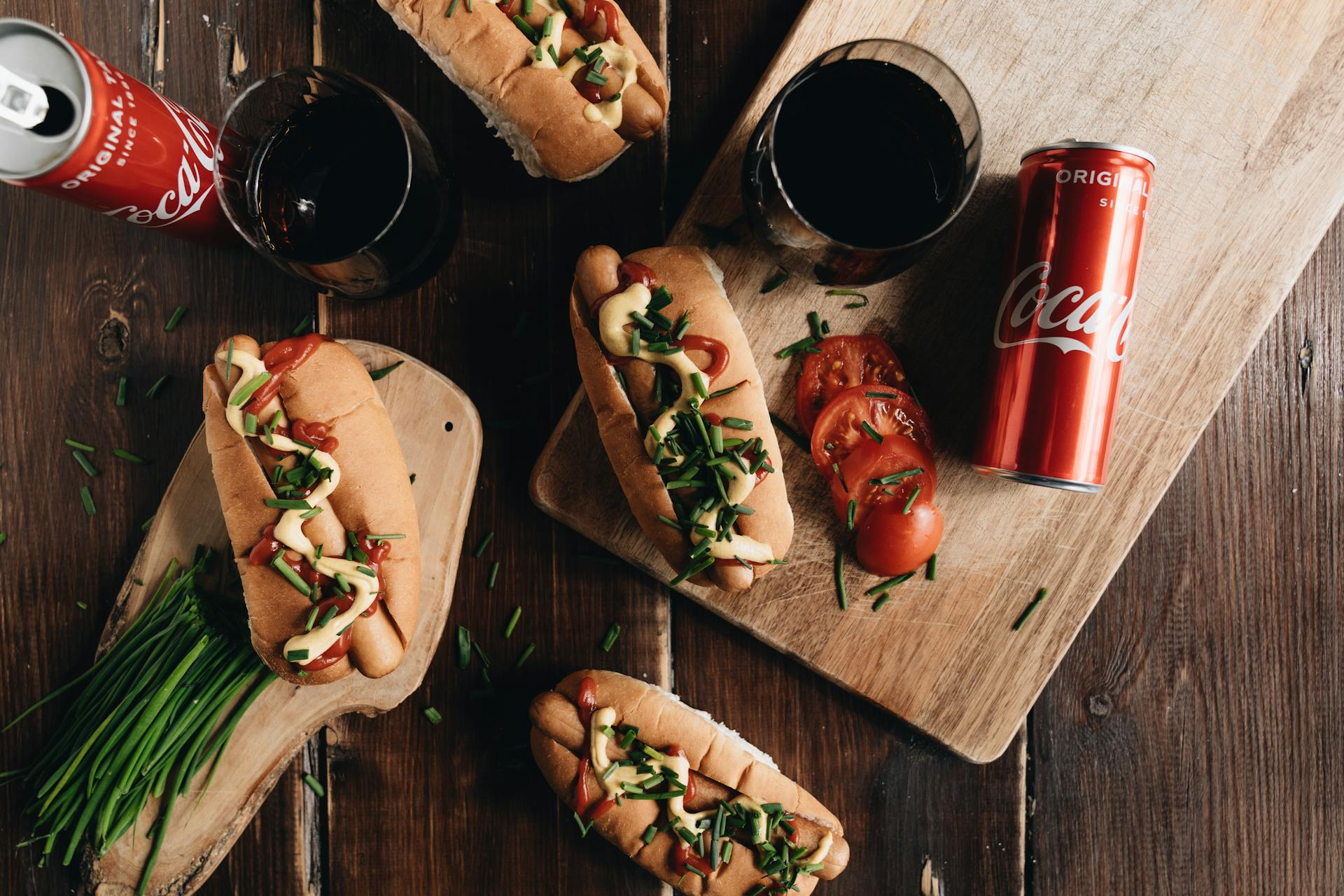These days, innovation is being rewarded in the alcohol space.
Make that, the “low- and no-alcohol space.”
“The low and no-alcohol trend is heating up,” Julie Terrazzino, senior category manager with KeHE Distributors, told The Food Institute. “Coming out of the pandemic, health and wellness remain top of mind for shoppers, with alcohol consumption being one of the intentional ways they’re making an impact.”
According to IRI, in the past year the low- and no-alcohol space is up 69% in the natural enhanced channel, Terrazzino noted, and 22% in the MULO (multi-outlet, including convenience, food, drug, and mass stores).
“However, that doesn’t paint the whole picture,” Terrazzino said. “Many of the non-alcoholic beer and wine brands that have been around for a while are showing double-digit declines, while the newer entrants, and those marketing to the younger demographics, are showing huge increases, pushing up the total category growth.”
New competitors, she added, are reaching their target demographic where those consumers are at – largely via social media – and by offering engaging packaging and graphics.
The outlook for the overall alcohol industry is the focus of this month’s Food Institute report, available to members starting August 16 (to join FI, click here). While a handful of product categories are currently thriving in the alcohol space – like hard seltzers, craft spirits, kombucha, and tequila – low- and no-alcohol products are enjoying a prolonged “moment” during the pandemic.
The 2022 IWSR No- and Low-Alcohol Strategic Study revealed that the market value of no/low alcohol in 2021 was nearly $10 billion, up from $7.8 billion in 2018. The IWSR forecasts that no- and low-alcohol volume will grow by an 8% compound annual growth rate through 2025, compared to regular alcohol volume growth of 0.7% during the same time.
The IWSR reported that millennials and higher-income consumers are most likely to consume no- and low-alcohol products.
“Non-alcoholic beer is currently the big winner in sales dollars, owning 90% of the category share. However, all segments are showing equal growth over the prior year,” Terrazzino noted. “Ready-to-drink, non-alcoholic cocktails hardly register at this time because they’re so new, but could be one of the largest growth drivers, as their packaging, messaging, and taste are outstanding and [RTDs] offer convenience, lower cost of purchase, and trial occasions.”












